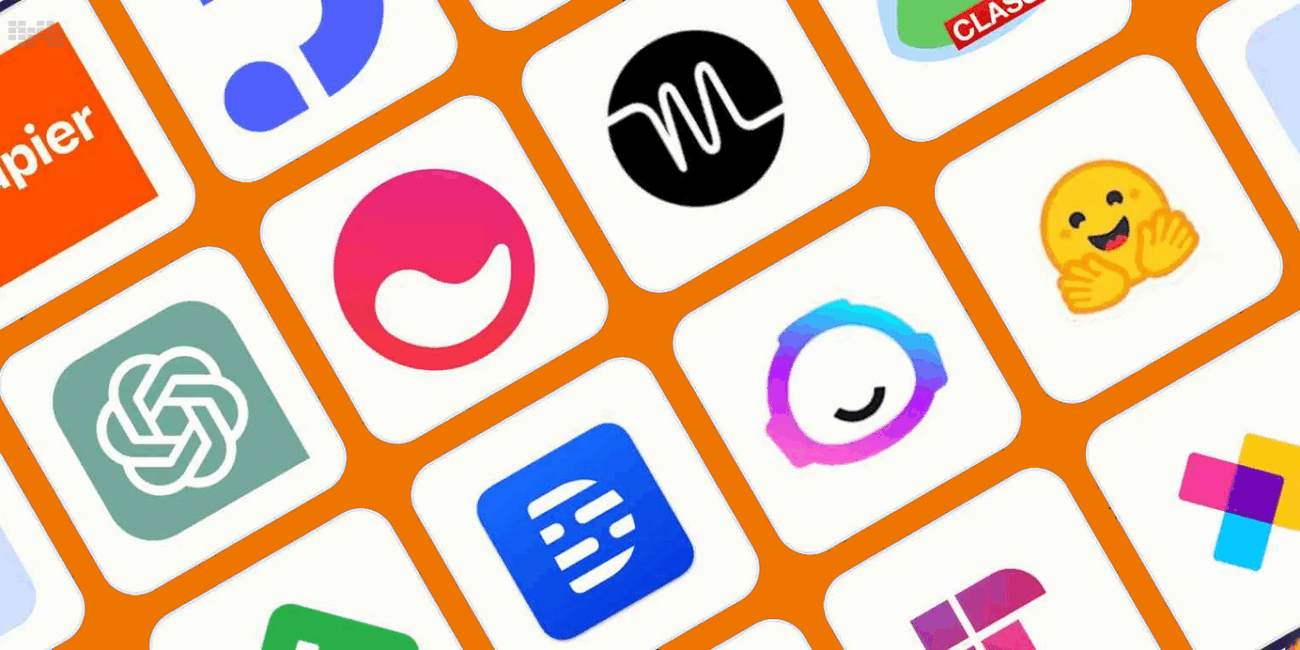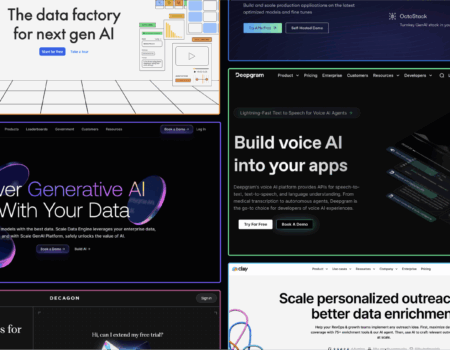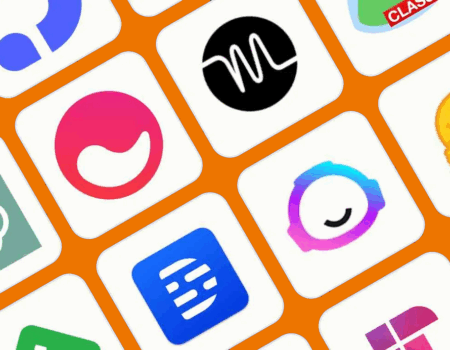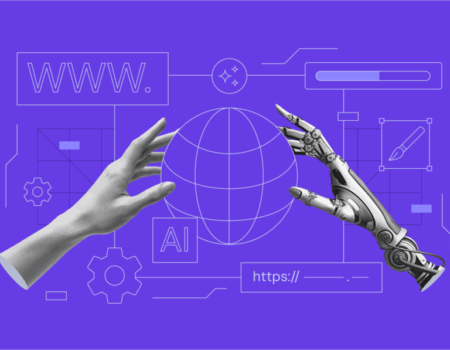As AI technologies continue to evolve rapidly, web developers in 2025 have access to an incredible arsenal of AI-powered tools designed to boost productivity, enhance code quality, automate repetitive tasks, and improve user experience. Whether you’re a front-end developer, back-end engineer, or full-stack professional, integrating these AI tools into your workflow can save time and help you build smarter websites and applications. Here’s a curated list of 10 must-try AI tools for web developers in 2025.
1. GitHub Copilot
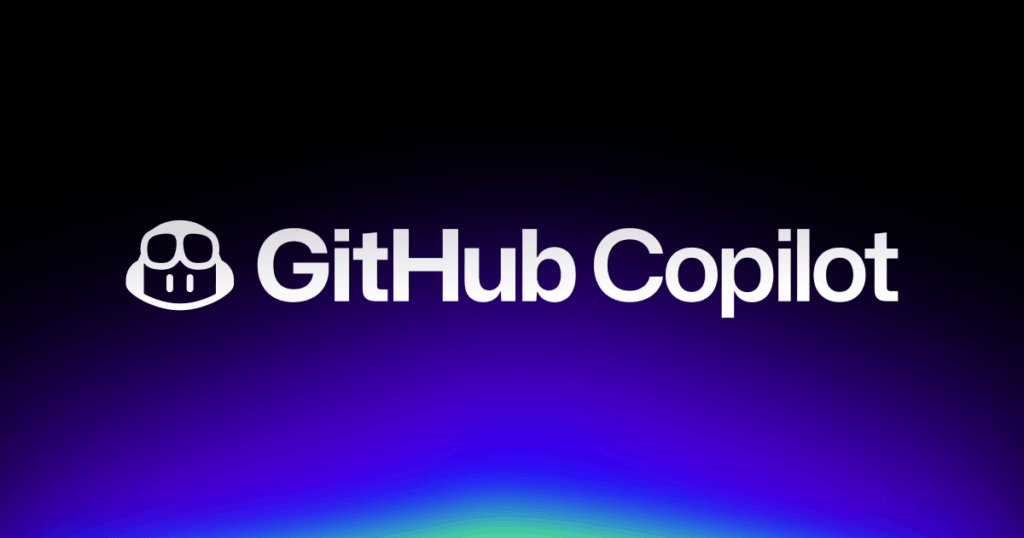
GitHub Copilot is an AI-powered code completion assistant that helps developers write code faster by suggesting entire lines or blocks of code as they type. Trained on a vast dataset of public code repositories, it supports multiple languages and frameworks.
- Key benefits: Accelerates coding, reduces boilerplate, and helps with unfamiliar APIs.
- Use cases: Auto-generating functions, writing repetitive code, or even building complex algorithms.
2. Tabnine

Tabnine is an AI code completion tool that supports most major IDEs and programming languages. It offers context-aware suggestions and can be customized to align with your coding style.
- Key benefits: Improves code accuracy and speed, supports team workflows via shared models.
- Use cases: Suggests entire lines, refactors code, and reduces syntax errors.
3. OpenAI’s GPT-4 API
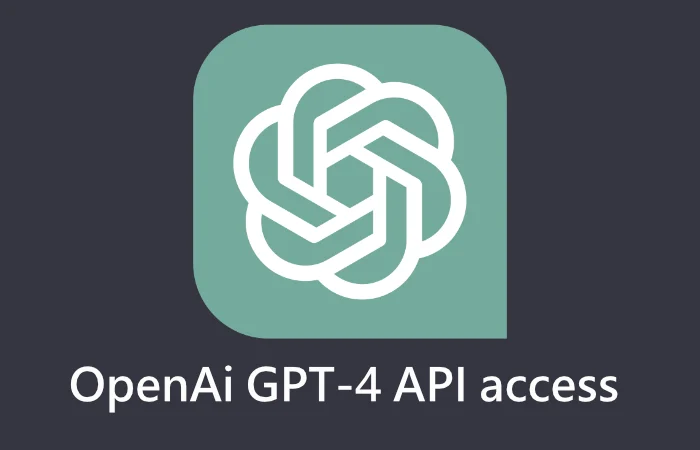
The GPT-4 API enables developers to integrate advanced natural language processing into their applications. It can generate human-like text, answer questions, create chatbots, and even help generate code snippets.
- Key benefits: Adds conversational AI, content generation, and code assistance capabilities.
- Use cases: Building AI-powered chatbots, automating documentation, and generating dynamic website content.
4. Figma AI Plugins
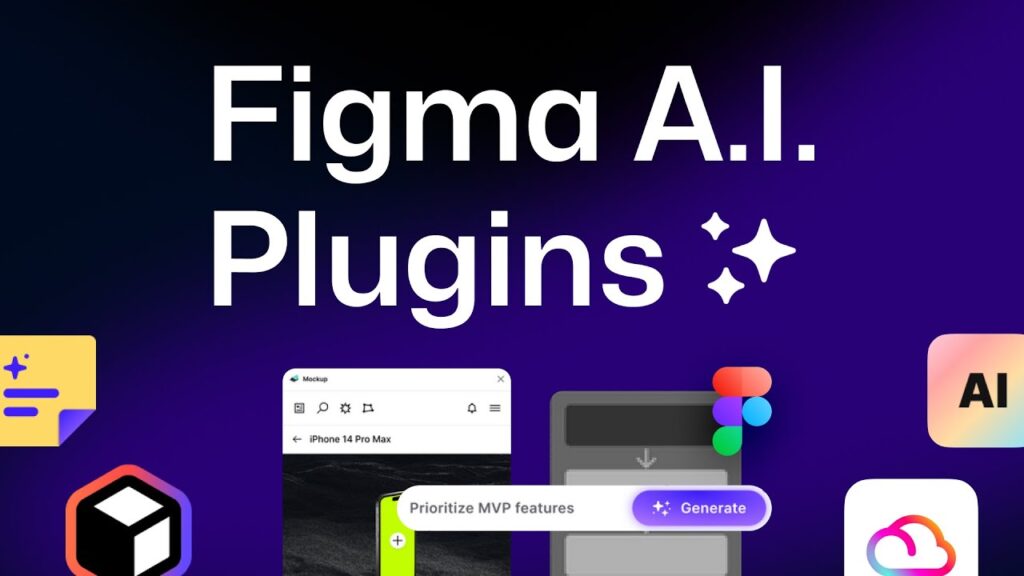
Figma’s AI-powered plugins assist UI/UX designers and front-end developers by automating layout creation, content population, and accessibility improvements directly within design files.
- Key benefits: Streamlines the handoff from design to development, reduces manual adjustments.
- Use cases: Auto-generating placeholder content, suggesting color schemes, and optimizing design layouts.
5. Codeium
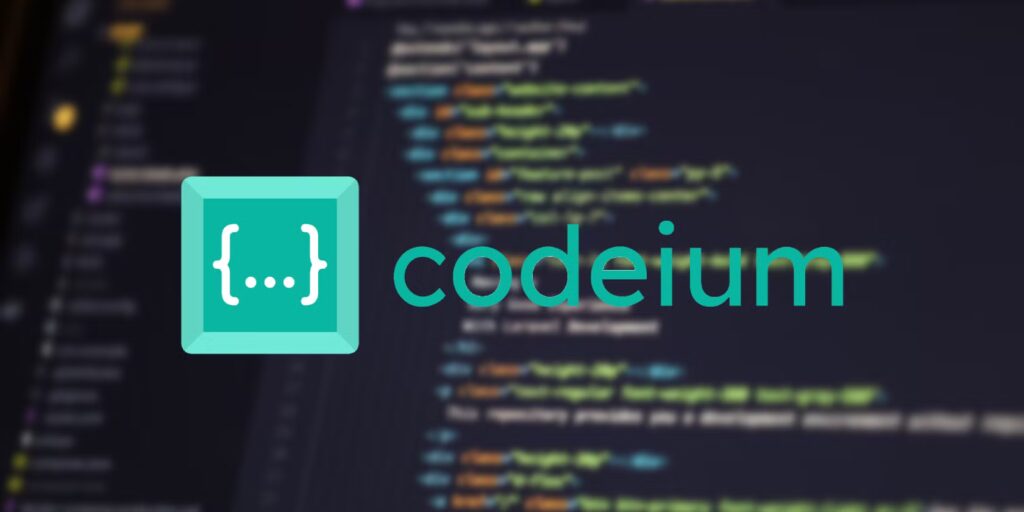
Codeium is an AI-powered coding assistant focused on providing multi-language code completions, explanations, and debugging suggestions. It integrates with popular IDEs and is known for privacy-conscious features.
- Key benefits: Offers instant code suggestions, helps with error detection, and provides code explanations.
- Use cases: Debugging code, learning new APIs, and accelerating development cycles.
6. DeepCode (Snyk Code)

DeepCode, now part of Snyk Code, is an AI-driven static code analysis tool that finds security vulnerabilities and bugs in real-time as you write code.
- Key benefits: Enhances code security, automates code reviews, and reduces bugs.
- Use cases: Identifying potential exploits, enforcing secure coding standards, and improving code quality.
7. Runway ML

Runway ML is a creative AI platform that developers can use to integrate AI-generated visuals, animations, and generative art into websites and applications.
- Key benefits: Adds innovative AI-driven multimedia content to projects.
- Use cases: Creating dynamic backgrounds, generating custom graphics, and enhancing user engagement.
8. Wix ADI (Artificial Design Intelligence)
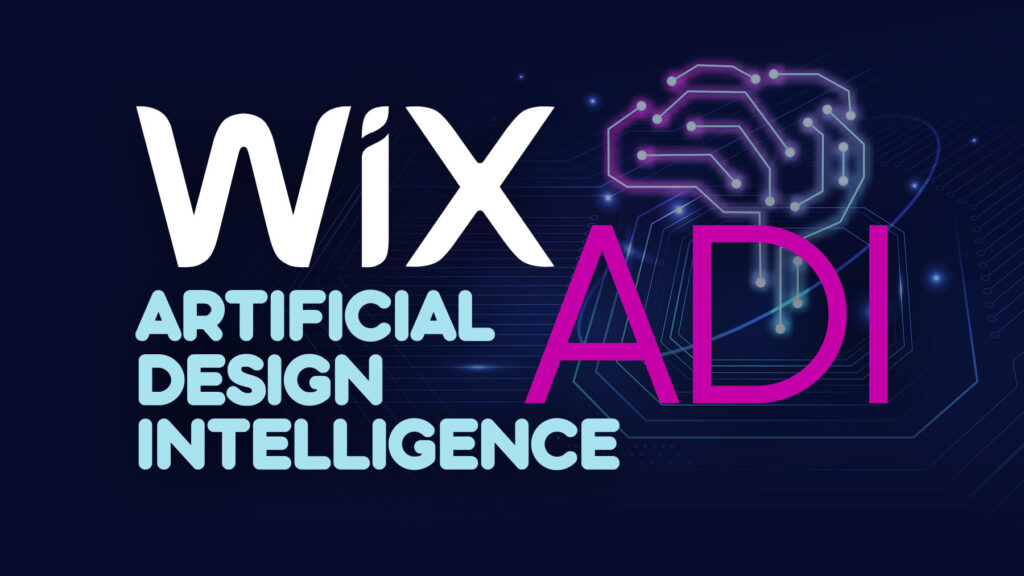
Wix ADI uses AI to generate entire websites from a few user inputs. Developers can use it as a quick prototyping tool or to create client-ready websites with minimal manual effort.
- Key benefits: Rapid website creation, integrated SEO and marketing tools.
- Use cases: Quickly spinning up MVPs, small business sites, and landing pages.
9. AI-Powered Testing Tools (e.g., Testim, Mabl)
AI testing platforms automate the creation, maintenance, and execution of test cases, using machine learning to adapt tests as the application changes.
- Key benefits: Reduces manual QA effort, increases test coverage, and improves reliability.
- Use cases: Automated regression testing, UI testing, and continuous integration pipelines.
10. Copy.ai
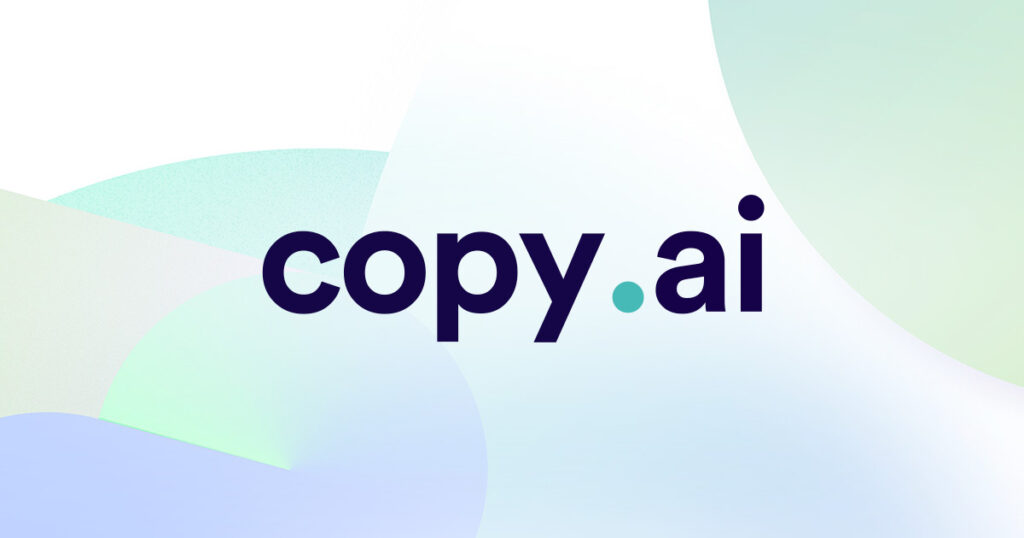
Copy.ai uses AI to generate marketing copy, product descriptions, and website content quickly. It helps developers and content creators maintain consistent, engaging language on their websites.
- Key benefits: Speeds up content creation, ensures tone consistency.
- Use cases: Writing landing page text, blog posts, and SEO-friendly descriptions.
Why These Tools Matter in 2025
AI-powered tools are no longer just novelties; they’ve become essential components of the modern web developer’s toolkit. They allow developers to focus more on creative problem solving and architecture, while AI handles routine coding, design, testing, and content generation tasks. This shift leads to faster development cycles, higher quality code, and ultimately better user experiences.
How to Get Started
- Experiment with one or two AI tools that fit your current workflow or pain points.
- Integrate AI-assisted coding tools like GitHub Copilot or Tabnine directly into your IDE for immediate productivity boosts.
- Use AI-driven design and testing platforms to streamline non-coding tasks.
- Stay updated on new AI advancements and continuously adapt your toolkit.
Conclusion
In 2025, web developers who leverage AI tools gain a competitive edge through enhanced efficiency, creativity, and accuracy. The 10 tools listed here represent the best in AI-assisted coding, design, testing, and content creation. By embracing these technologies, developers can build smarter, faster, and more innovative web experiences that meet the evolving demands of users and businesses alike.

